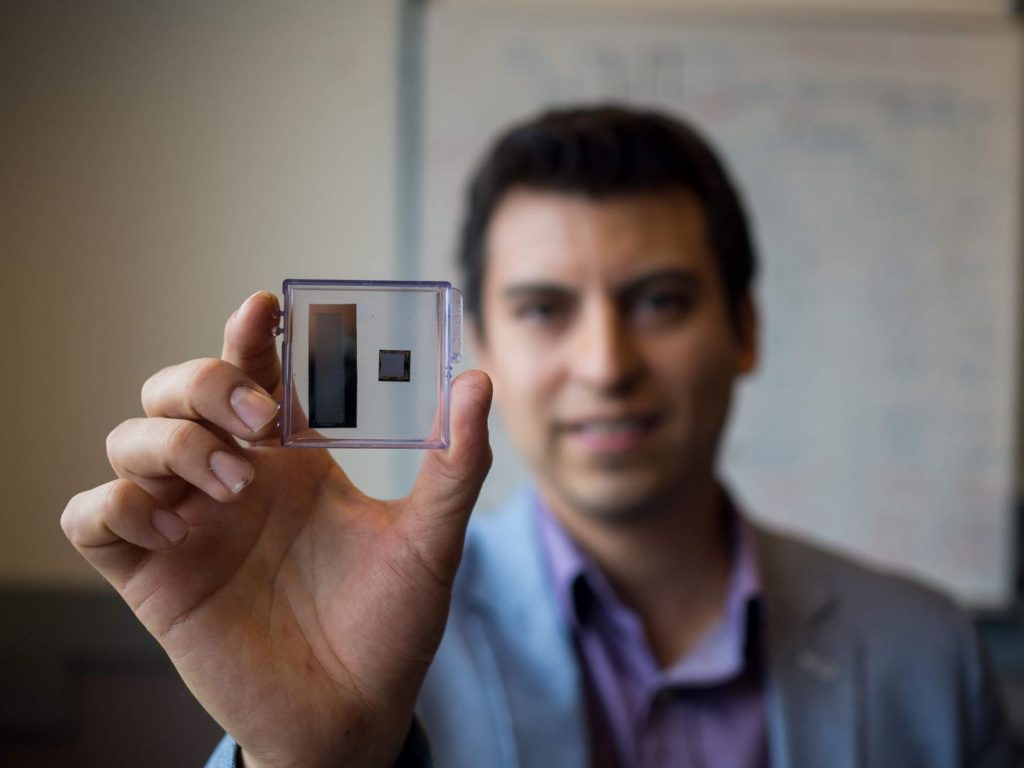Engineers from the University of British Columbia have developed a new ultrasound transducer, that has the potential to lower the cost of ultrasound scanners to as little as $100. As soon as the pending patent will be approved–people can soon see this new innovation that is no bigger than a Band-Aid. It is portable, wearable and can easily be powered by a smartphone.
Conventional ultrasound scanners employ piezoelectric crystals to produce images of the inside of the body and then send them to a computer to create sonograms. The research team at UBC replaced the piezoelectric crystals with tiny vibrating drums made of polymer resin, known as polyCMUTs (polymer capacitive micro-machined ultrasound transducers), which are quite cheaper to manufacture.
“Transducer drums have typically been made out of rigid silicon materials that require costly, environment-controlled manufacturing processes, and this has hampered their use in ultrasound,” said study lead author Carlos Gerardo, who is a postdoctoral candidate in electrical and computer engineering at UBC. “By using polymer resin, we were able to produce polyCMUTs in fewer fabrication steps, using a minimum amount of equipment, resulting in significant cost savings.”
Sonograms that were produced by the team at UBC device were nearly as sharp as or even more detailed than the traditional sonograms that were created by piezoelectric transducers, said the study co-author Edmond Cretu, professor of electrical and computer engineering.
“Since our transducer needs just 10 volts to operate, it can be powered by a smartphone, making it suitable for use in remote or low-power locations,” added Cretu. “And unlike rigid ultrasound probes, our transducer has the potential to be built into a flexible material that can be wrapped around the body for easier scanning and more detailed views–without dramatically increasing costs.”
Co-author Robert Rohling, who is also a professor of electrical and computer engineering, and is hopeful that the next step in the research would be to create a wide range of prototypes and eventually test their device in clinical applications.
“You could miniaturize these transducers and use them to look inside your arteries and veins. You could stick them on your chest and do live continuous monitoring of your heart in your daily life. It opens up so many different possibilities,” said Rohling.
The research was published recently in the journal Nature Microsystems & Nanoengineering.

